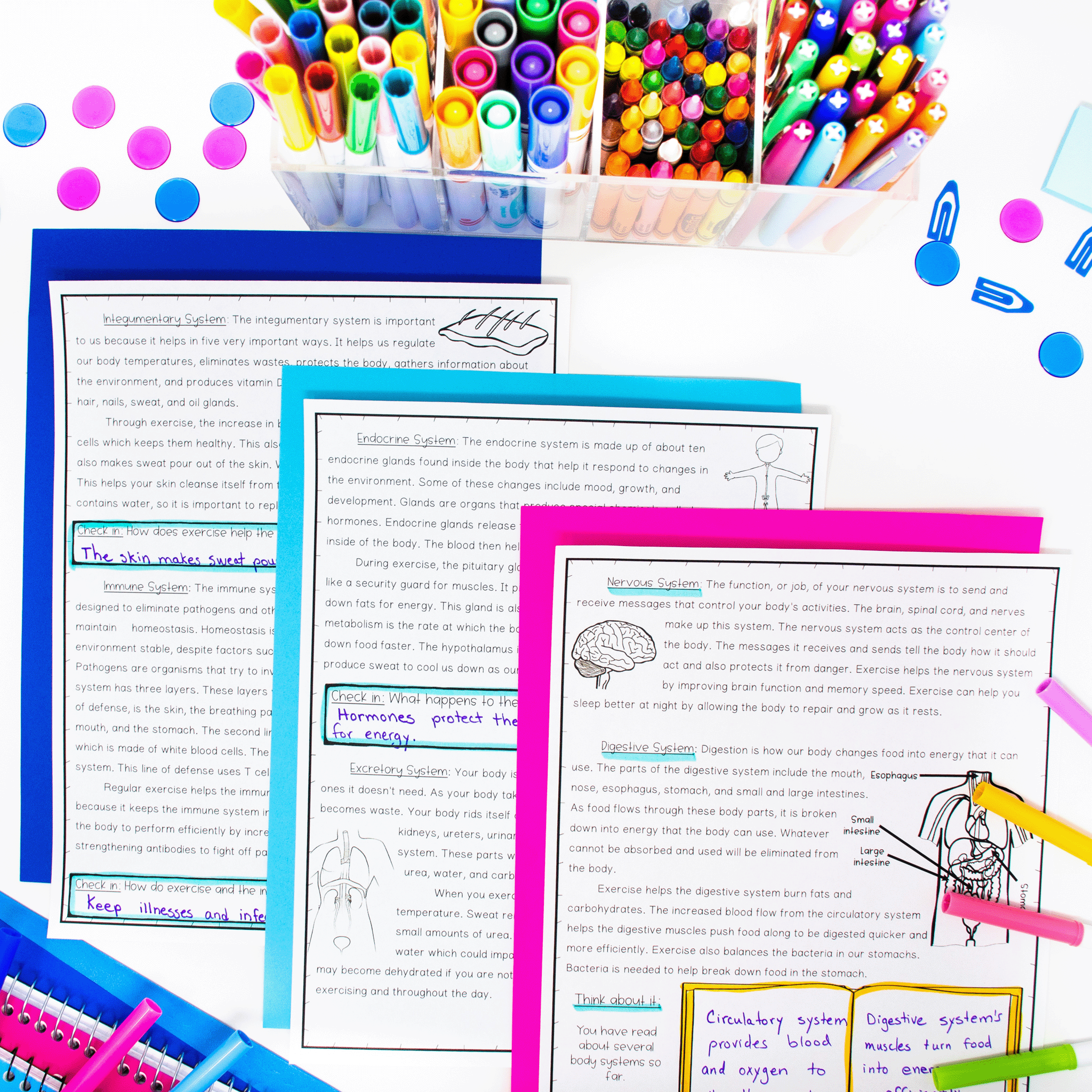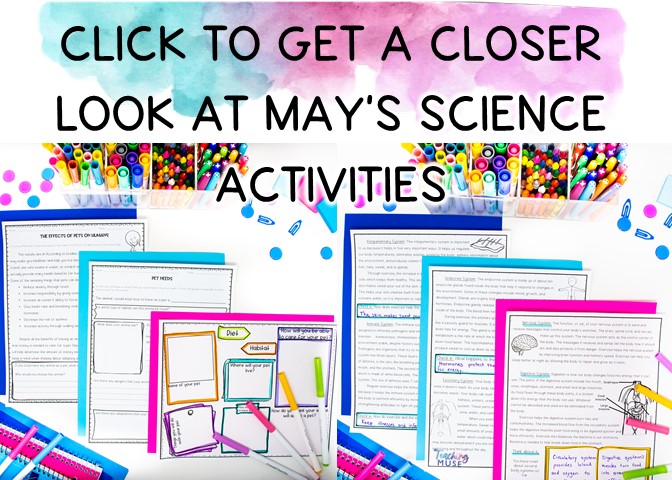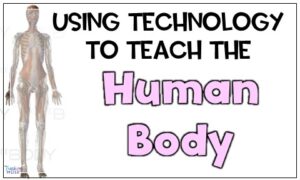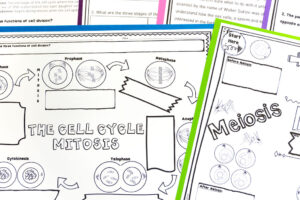Science teachers, the end of the school year is almost upon us but don’t miss out on celebrating the May holidays in your classroom. In addition, May brings us Physical Fitness Month, Pet Week, and Mother’s Day. Check out these ideas to celebrate in your classroom.
May Science Activities
Are you looking for NGSS-aligned lessons? No worries! All activities are aligned to the standards but also incorporate some holiday fun. Celebrate these holidays in your science classroom:
- Physical Fitness Month
- Pet Week
- Mother’s Day
These holidays will cover science topics such as:
- Human Body
- Emotional and Physical benefits of pet ownership
- Animal survival skills
Physical Fitness Month
May is a great month to celebrate Physical Fitness Month, especially in science, when you can connect it to the human body. It is important to keep our bodies healthy by eating right and exercising, so incorporate this holiday into your classroom by teaching students the benefits of physical fitness.
Students will learn:
- the function of each human body system
- how the body systems work together
- that exercise helps to improve the functioning of the body, strengthens it, and protects it from diseases
Pet Week
Throughout time, animals have become a special part of many of our lives. As a result, much research has been done to study the positive effects that animals can have on the emotional well-being of adults and children. May features Pet Week, which is the perfect time to tap into this interest to engage students in using their reading, writing, and science skills to learn more about the benefits pets can have on human beings.
After learning about the benefits of having a pet, students will research a pet they would like to have. They will learn about:
- its habitat
- diet
- behavior
- survival needs
- predators
- adaptations
This activity will motivate students, especially at the end of the school year.
Mother's Day
Celebrate Mother’s Day in your science classroom as students learn how mothers in the animal kingdom care for their young.
This fun lesson will teach students how ten different animals care for their young and each animal’s survival skills.
Students will also complete a short research project along with the reading and comprehension questions, which are perfect for sub plans. This project will have students choose an animal and learn more about how the mother cares for its young.
After students complete the science project, have them present their findings to the class and create a bulletin board of their work!
Ready-made May Science Activities
Students will learn:
- The effect that exercise has on the human body system
- How exercise improves and protects the body
- How the body systems work together
- Positive effects that animals have on people
- How animals care for their offspring
- Survival skills in the animal kingdom
May Science Activities include:
- Teacher tips and instructions
- Digital instructions ALL ACTIVITIES HAVE A DIGITAL COMPANION.
- Five worksheets on the human body systems explain how each works together and how exercise affects the body systems.
- Two graphic organizers
- One to summarize how each body system works with another to maintain homeostasis to keep the body healthy and safe
- The second organizer will have students explain the effects of exercise on the body system.
- One page article on the benefits of pet ownership
- Graphic organizer and research template for students to learn about an animal they would like to have as a pet
- Reading and comprehension activity on how different species care for their children
- Graphic organizer and template for students to study an animal of their choice to learn how it grows and the different survival skill its species needs to survive
- Reading article on famous scientist, Alexander Graham Bell
- Answer key
Wondering if it's right for you?
Remember, science friend, these May science activities are designed to save you prep time while increasing student engagement. Your students will love the different activities and thoroughly enjoy science class!
Check out teacher feedback below.












